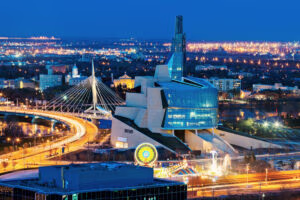Astronomy and space science are rich with breakthrough discoveries and big questions about the universe and our place in it. In this digital age, stunning imagery and detailed information is readily available—anyone with an internet connection can dive deep into any topic that piques their interest. In an information-saturated world, how can a century-old museum stand out and stay relevant?
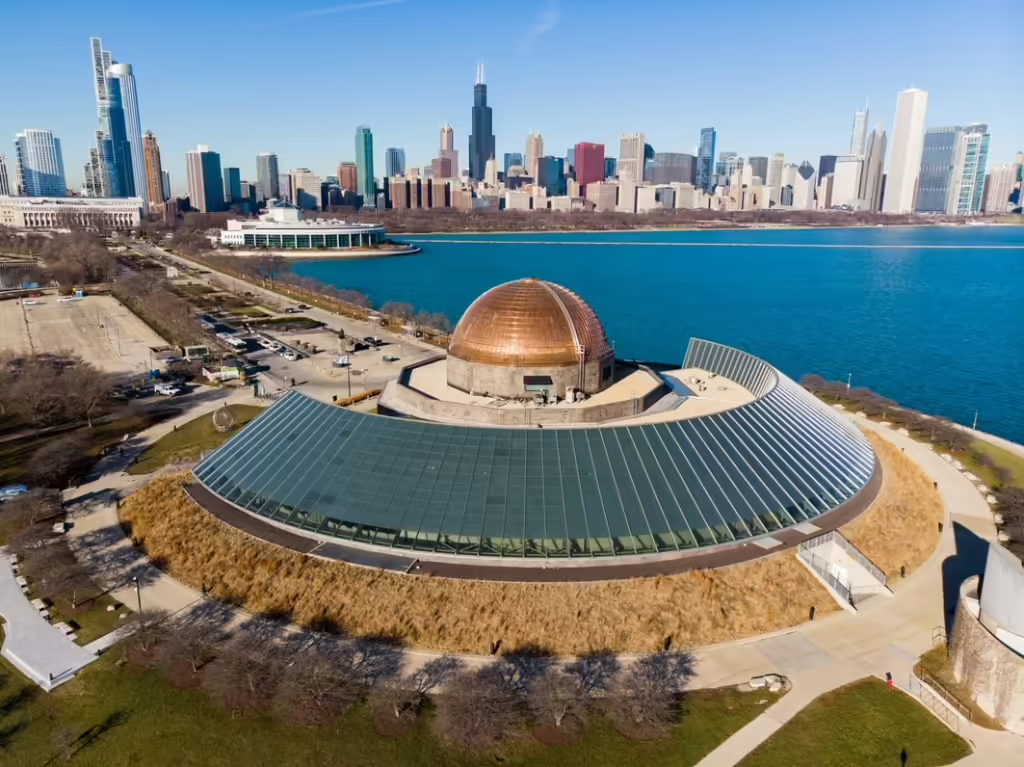
Located on the shores of Lake Michigan, on Chicago’s Museum Campus, the Adler Planetarium has the best view of the Chicago city skyline.
The Adler Planetarium has embraced new technology since its founding in 1930. In fact, the museum was itself a technological marvel when it opened—the first planetarium in the Western Hemisphere. It introduced America to the Zeiss star projector and harnessed the power of actual starlight to kick off the World’s Fair in 1933. The Adler is a co-founder of Zooniverse, a research platform that connects science teams (and their massive data sets) with volunteers all over the world. And now, in its two domed theaters, the museum offers digital sky shows that immerse audiences and their imaginations in the wonder that is the cosmos. Still, for the Adler, innovation has never been about the technology itself—the magic is in using every tool available to spark human curiosity and connection.
Personal connections have always been central to the Adler experience. Founder Max Adler wanted the public to understand that “under the heavens, everything is interrelated, even as each of us to the other.” Every piece in the museum’s renowned historical collection—every astrolabe, telescope, and work on paper—helps tell the story of humans looking up and trying to make sense of the universe. In the decades since it first opened its doors, the museum has reminded its neighbors that even in a light-polluted city like Chicago, where few stars and planets are visible to the naked eye, people can simply look up and feel connected to the universe, to their neighbors, to people everywhere and in every time.
In 2013, the Adler decided to embrace urban stargazing. The museum turned small telescopes to the planets, Moon, and Sun (safely filtered, of course) and invited the public to take a look and embrace the sky as part of their neighborhood, as much as the buildings and streets. The enthusiastic response led to a full renovation of the museum’s lakeside Doane Observatory in 2014 and the launch of ’Scopes in the City in 2015, a traveling telescope program where now Chicagoans can observe the sky from their own neighborhood through partnerships with local parks, public libraries, and small businesses.

On August 21, 2017, 60,000 people gathered at the Adler for Chicago’s Eclipse Fest to celebrate the first total solar eclipse in the United States in nearly 40 years.
The public clamored for more. As a total solar eclipse was about to cross America from coast to coast in 2017, the Adler distributed a whopping 250,000 pairs of eclipse glasses to be used from anywhere. And, on the day of the eclipse, the museum hosted a block party that brought more than 60,000 people to its grounds.

This rare 16th-century celestial globe, made by Gerhard Mercator, showcases 50 constellations, most of which are still used today.
A few years later, the Adler launched a new brand and institutional strategy that emphasized bringing people together just as a pandemic was about to force people apart. And that new mission—to connect people to the universe and each other under the sky we all share—would remain the museum’s north star throughout its unforeseeable two-year pandemic closure. Adler staff moved fast to develop original, all-digital programming focused on creating community and a sense of belonging: An informal astronomy live-stream where people can learn to spot celestial objects from wherever they are; an ever-changing guided tour of the night sky over Chicago; a musical (and educational) sketch comedy show that tackles big topics like parallel universes and black holes; and virtual field trips that let Zoom-fatigued students explore and interact in three dimensions.
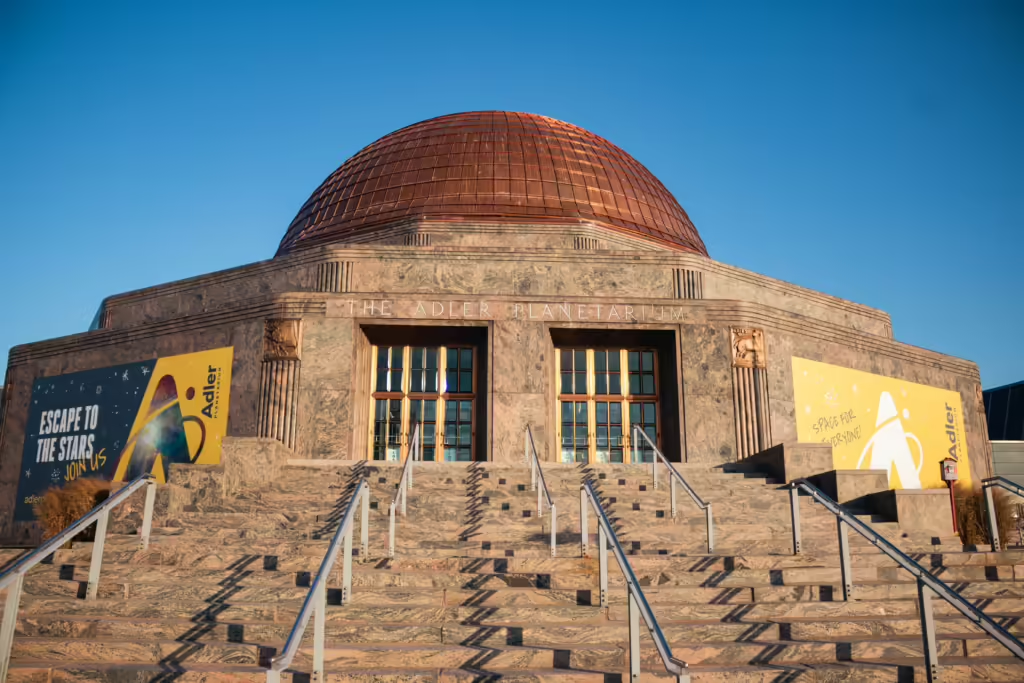
An exterior shot of the Adler Planetarium taken in 2021, featuring the new copper dome roof.
The museum’s landmark lakeside facility is once again open to the public, sporting a new copper dome roof, a new telescope in the Doane Observatory, and a completed observation park able to host public observing parties from Chicago’s backyard for decades to come.
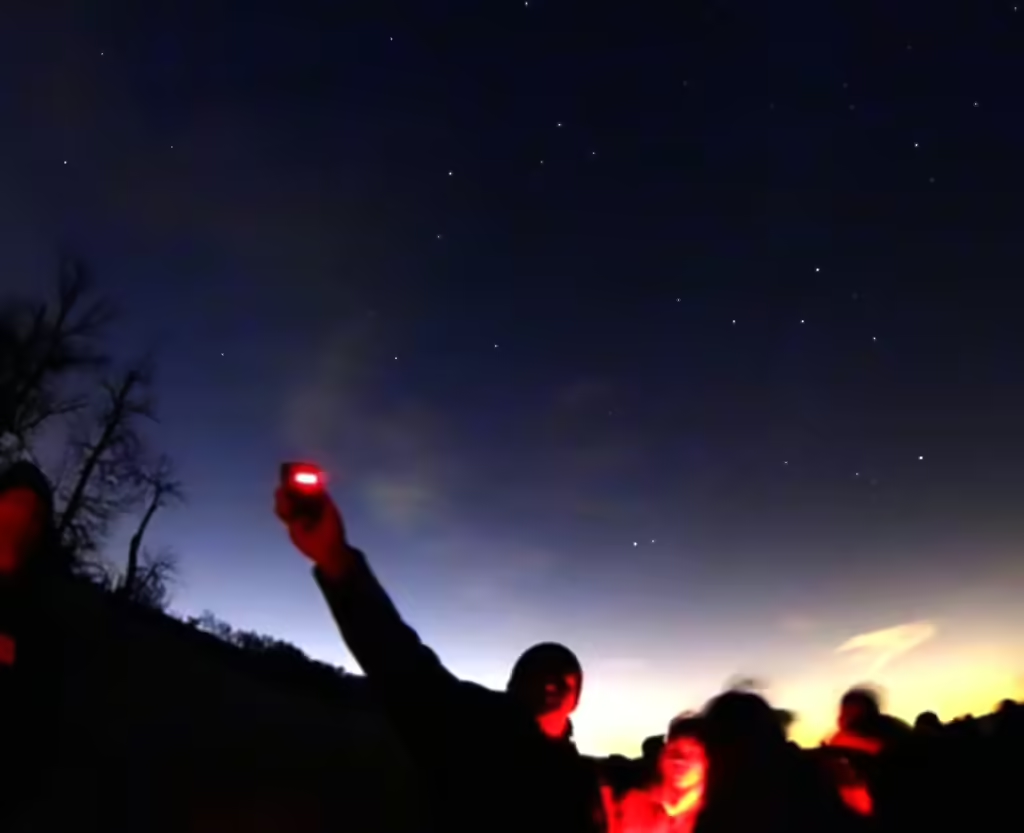
YOLO (Youth Organization for Lights Out) is a STEAM civic action program with the Adler’s Teen Programs that empowers high school students to advocate within their community about light pollution.
The Adler continues its innovative work with Chicago youth to study and combat light pollution in the washed-out urban sky. The museum’s scientists work closely with Adler teens to collect and analyze data with high-altitude balloons and all-sky cameras that the students assemble on site. The hard work of these teens contributed to the designation of Illinois’ first International Dark Sky Park at Middle Fork River Forest Preserve in Champaign County and the World’s Largest Urban Night Sky Place at Palos Preserves in Cook County, just southwest of Chicago.
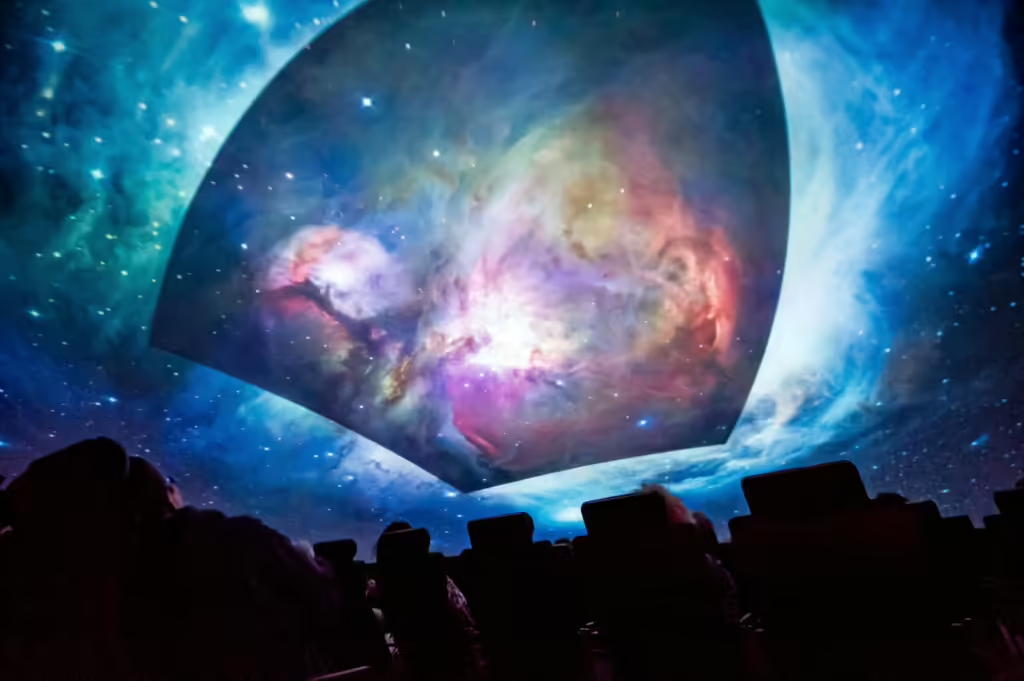
Opening day, May 12, 1930. Guests line the stairs of the new Adler Planetarium—the first planetarium in the Western Hemisphere.
America’s oldest planetarium sets itself apart by embracing a simple act in today’s complex world: the power of looking up together.



